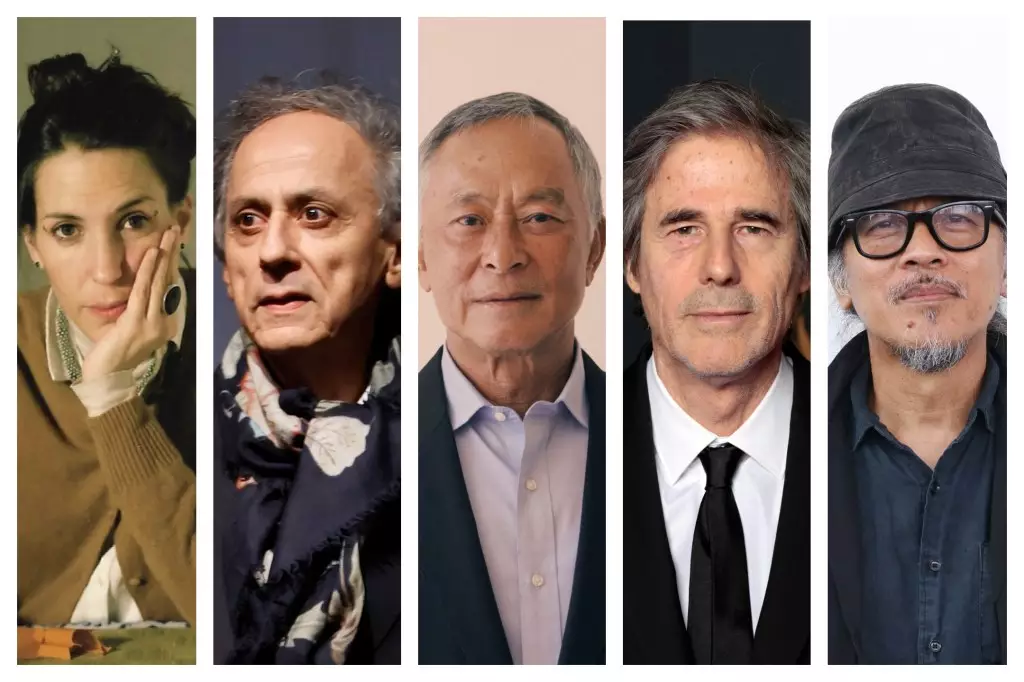The Doha Film Institute (DFI) is set to elevate the cinematic landscape once again through its 11th edition of Qumra, an annual talent and project incubator. This year’s event heralds the participation of renowned filmmakers and industry stalwarts such as Walter Salles, Johnnie To, Lav Diaz, Darius Khondji, and costume designer Anna Terrazas. Their involvement underscores the DFI’s commitment to fostering new talent and nurturing groundbreaking storytelling in film. Historically, Qumra has welcomed over 50 prominent figures in cinema, including the likes of Claire Denis and Tilda Swinton, thereby establishing itself as a key platform for creative exchange and growth.
The event, scheduled from April 4 to 9, aims to connect the producers and directors behind 40 projects supported by the DFI. Through an immersive six-day program focused on project development and networking, the Qumra initiative serves as a crucial launchpad for emerging filmmakers. The inclusion of seasoned mentors like Salles, Diaz, Khondji, To, and Terrazas enriches the experience for participants, allowing them to learn from master storytellers who have significantly impacted global cinema.
The Distinctive Voices of This Year’s Qumra Masters
Walter Salles, best known for his evocative storytelling in films such as “The Motorcycle Diaries,” brings with him a rich tapestry of narrative experience. His recent accolade, an Oscar nomination for “I’m Still Here,” illustrates his enduring relevance in the cinematic world. His participation is aimed not just at sharing techniques but also at inspiring filmmakers to find their authentic voice within the broader narrative landscape.
Philippine filmmaker Lav Diaz epitomizes the slow cinema movement, renowned for his contemplative storytelling style. Diaz’s films, including “The Woman Who Left” and “Evolution of a Filipino Family,” challenge conventional pacing and narrative structure, urging audiences to engage deeply with the layers of storytelling. The insights he offers are destined to resonate with young creators exploring the nuances of narrative timing and thematic depth.
On the technical side, Darius Khondji, the Iranian-French cinematographer, has worked alongside esteemed directors, solidifying his reputation in the realm of visual storytelling. His experience in films such as “Amour” and “The Immigrant” serves as a formidable asset in guiding budding cinematographers. Khondji’s understanding of lighting and composition can provide invaluable learning opportunities for participants looking to enhance their visual storytelling techniques.
Johnnie To represents the dynamic and often thrilling landscape of Hong Kong cinema. With a cult following thanks to films like “Election” and “Breaking News,” To’s journey is rich with innovative narrative techniques and genre experimentation. He encourages filmmakers to push boundaries, embracing creativity in every frame and story.
Lastly, Anna Terrazas adds a vital dimension as a costume designer, having collaborated with directors like Alfonso Cuarón on “Roma.” Her expertise in visual aesthetics will guide emerging filmmakers on the critical role of costume in characterization and storytelling.
Transformative Experiences at Qumra
DFI’s CEO, Fatma Hassan Alremaihi, beautifully articulated the vision behind inviting such esteemed artists: a profound hope to cultivate significant voices in cinema. The commitment of the Qumra Masters to share their knowledge and stories exemplifies the essence of mentorship that can redefine the trajectory of new filmmakers. As participants engage in masterclasses and one-on-one sessions, the experience becomes an incubator not only of ideas but of revelations that can influence both individual careers and the film industry at large.
Elia Suleiman, DFI’s Artistic Advisor, encapsulated the essence of Qumra as a transformative space where the ‘silences’ in storytelling can be as telling as the narratives themselves. This highlights the importance of fostering creativity and exploration—key attributes that will empower filmmakers to find new ways of storytelling in their projects.
As the 11th edition of Qumra approaches, it promises to be a dynamic confluence of established artistry and emerging talent. It is an invitation to filmmakers to explore the uncharted territories of storytelling, thereby shaping the future of cinema as a medium of expression, influence, and artistic engagement. The legacies of Salles, Diaz, Khondji, To, and Terrazas are destined to inspire the next generation of filmmakers to create works that are both innovative and deeply resonant.
